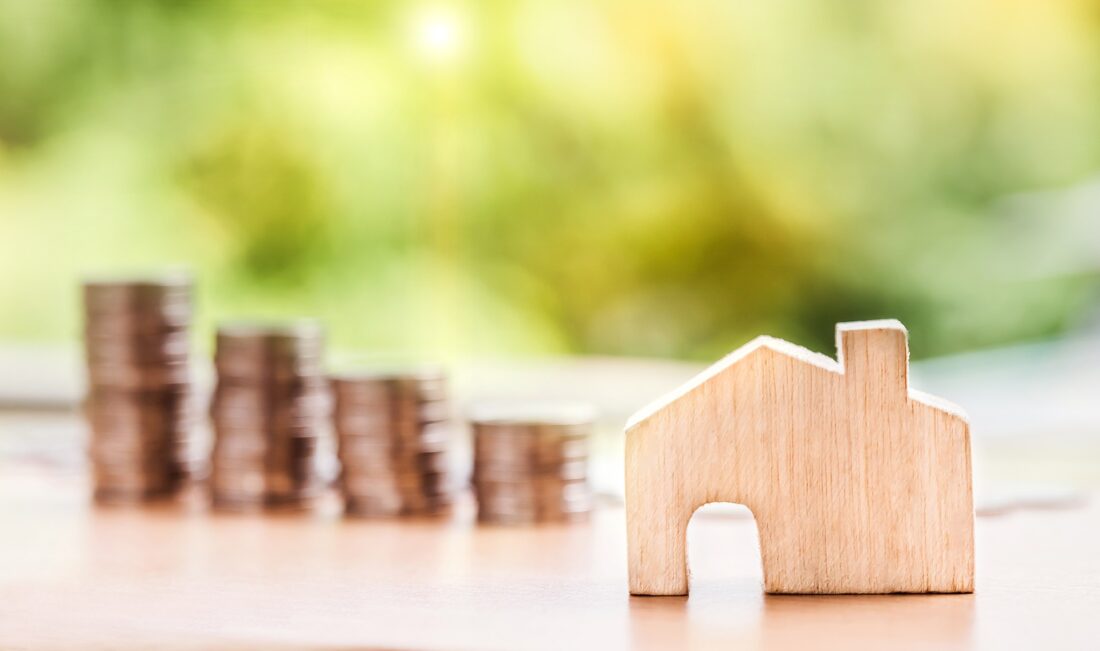For thousands of years societies have baked and for that same length of time people have loved eating baked goods. There is something about putting grain based food into a hot oven and sampling the results that get people excited all the world over. Maybe it has to do with the small which seems to have a physiological effect on some causing them to lose any choice as to whether they indulge. Or it could be the look of the food. Backed goods include some of the most beautiful food around. But more than likely it is the taste which can go from crunchy, to gooey. To melt in your mouth delicious. Whether it is one of these, more, or all three, the fact is that baked goods are hugely popular in cites suburbs and in the countryside of every country on Earth.

So if you want to start a baked goods business and you do it properly, you will surely have a successful business. Executives in the industry like Larry Polhill of Café Valley Bakery will tell you that the business is steady and with hard work and an understanding of the fundamentals, can grow considerably. Here are some of those fundamentals if you are considering opening your own bakery.
Know Your Market
Knowing your market begins with doing in-depth research about it.
The Marketplace – What is the size of the market? Is the market going up, down or remaining steady? Why is it growing or contracting? Is this reason cyclical?
Your Business Idea – What is the potential for your business idea in the marketplace you are targeting? How can you enter this marketplace successfully (look at the product, capital and marketing requirements)? How can you position your business in the marketplace so it is a winner?
Your Product Ideas – Are your bakery product ideas currently in demand, and is that demand rising, falling or remaining the same? If they are not in the marketplace currently, why do you believe people will buy them over a long period of time?
Your Potential Customers – Who are they, what baked products they buy currently and might be interested in purchasing, how do they buy them, and how much do they spend on these products each month?
Your Competition – Who are they, how successful are they, why do people buy from them, what products are they selling to the public, what is the quality of their products, what is their competitive advantage?
The process of answering these questions takes you on a journey where you will discover everything about your idea and if it is actually a good one. The key when gathering this information is to go where the facts lead you. If you find that one key aspect of your potential business seems to know be workable, be prepared to change it. Being stubborn and doing something because you like the idea is the reason why many businesses fail. The businesses that succeed always understand that the marketplace has to support its ideas. From this research you will be able to put together a plan in writing that can reflect every major area of your business.
This plan will be a template for your company and will determine everything you do from your products to your sales tactics. Remember though that it is a living document and must be reviewed and updated regularly because things change.

